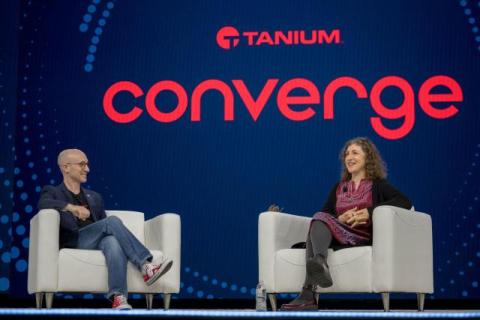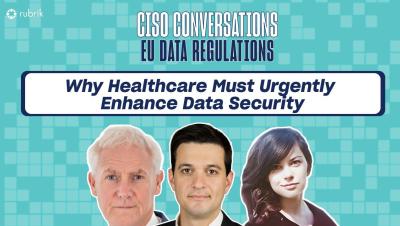Planning with AI: Minimizing Uncertainty, Maximizing Trust
Gal Peretz is Head of AI & Data at Torq. Gal accelerates Torq’s AI and data initiatives, applying his deep learning and natural language processing expertise to advance AI-powered security automation. He also co-hosts the LangTalks podcast, which discusses the latest AI and LLM technologies. To stay ahead of today’s threats, you must do more than keep pace — you need to equip your team with tools that enable smarter, faster responses.











